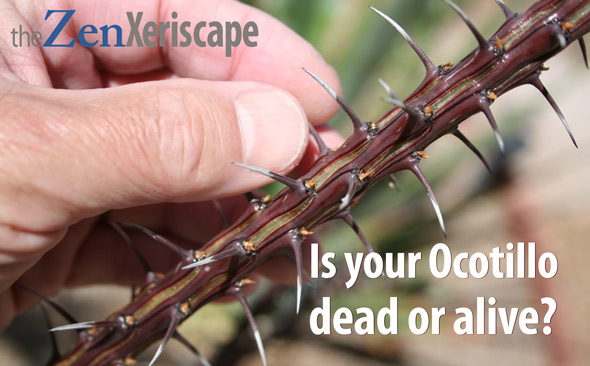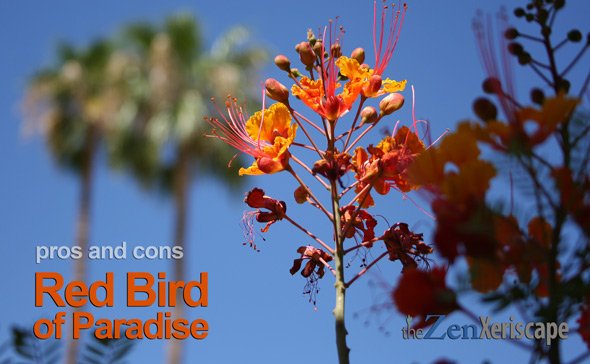When I lived in New Mexico, my house was surrounded by naturally growing creosote bushes. Today, I live near Phoenix, Arizona, and I still have one creosote bush which I planted at the side of my house. This unique, iconic-looking bush adds a desert ambience to any arid landscape! But, what is the creosote bush? Here is our creosote bush description.

desert plant. This one is framing part of the
Organ Mountains near Las Cruces, New Mexico.
Photo by Doug Martin
What is the creosote bush?
The creosote bush (Larrea tridentata) grows naturally and thrives in the Chihuahuan, the Mojave, and the Sonoran Deserts. It’s a tough desert plant that can add a classical desert appearance to any arid landscape.
After a rare desert rain, this bush exudes a pleasantly distinctive, desert-like aroma.
In addition to its small-but-pretty, lush green leaves, and small yellow flowers, this shrub provides a natural habitat for native desert creatures. It also gives those animals protection from the intense summer sun.
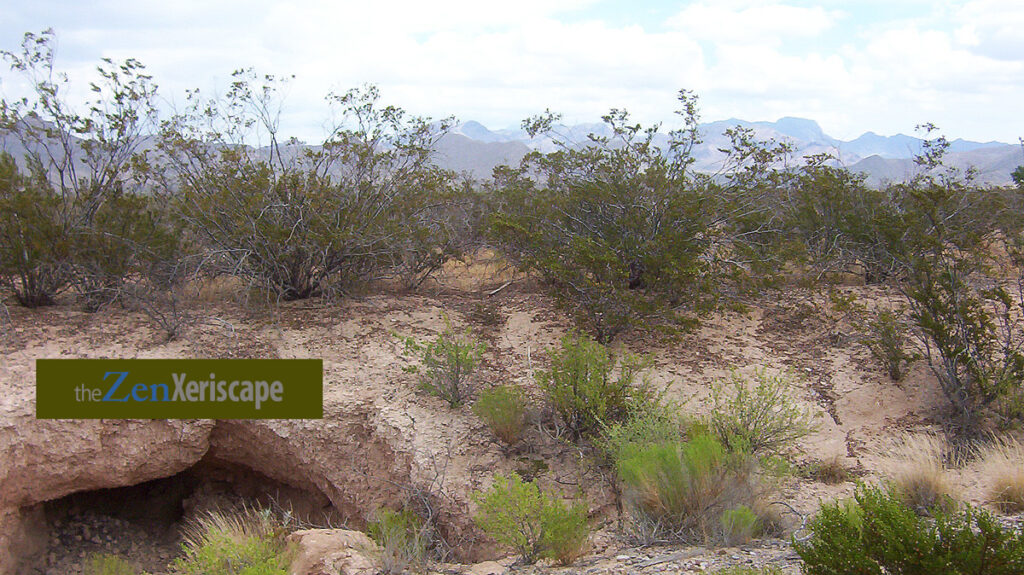
near Las Cruces, New Mexico,
the creosote bush is a predominant plant.
Photo by Doug Martin
Brighten your landscape with outdoor lighting! (As an Amazon Associate, I earn a commission from qualifying purchases.)
Creosote bush description
Shape:
The creosote bush (Larrea tridentata) is an evergreen shrub that can grow from 3-to-over ten feet tall. This bush’s height will often depend on the amount of rainfall it receives.
Its shape is irregular and asymmetric, with multiple stems emerging from its base.
In its natural desert habitat, this bush has an airy, open appearance, with stems that twist and turn unevenly. Fortunately, when this plant is used in a landscape, it can be pruned to a more rounded shape, or left to grow in its natural form.
Personally, I prefer its natural shape and irregular form the best.
Foliage, leaves:
This bush has small, oval-shaped leaves, that never get over an inch in length. The leaves have a rich, dark-green hue, which is more pronounced during the monsoon season.
In addition to its beautiful, evergreen color, the leaves are coated with a waxy resin, which can give them a glossy sheen, especially after a rain shower. Surprisingly, the oily coating helps the plant conserve water, while also protecting it from the intense heat.
Luscious aroma of tar after a rain
One the creosote bush’s most notable feature is the fragrance it emits after a desert rain. The aroma is strong and fragrant, and in my mind, conjures up images of a newly paved road. It smells like a luscious, black tar!
For some, its creosote-like aroma might be unpleasant. But, for me, the smell is distinctly alluring—its fragrance reminds me that I am living in a unique desert environment, which I love!
Coffee and the aroma of creosote—a sublime combination
When I lived in New Mexico, my house in the desert was surrounded by these naturally growing bushes. After a monsoon summer rain, I loved sitting in my courtyard. There, I would savor a warm cup of coffee, while enjoying the fragrance from the creosote bushes that surrounded my house.
Coffee and creosote after a summer rain in the desert—it is a wonderful, sublime combination!
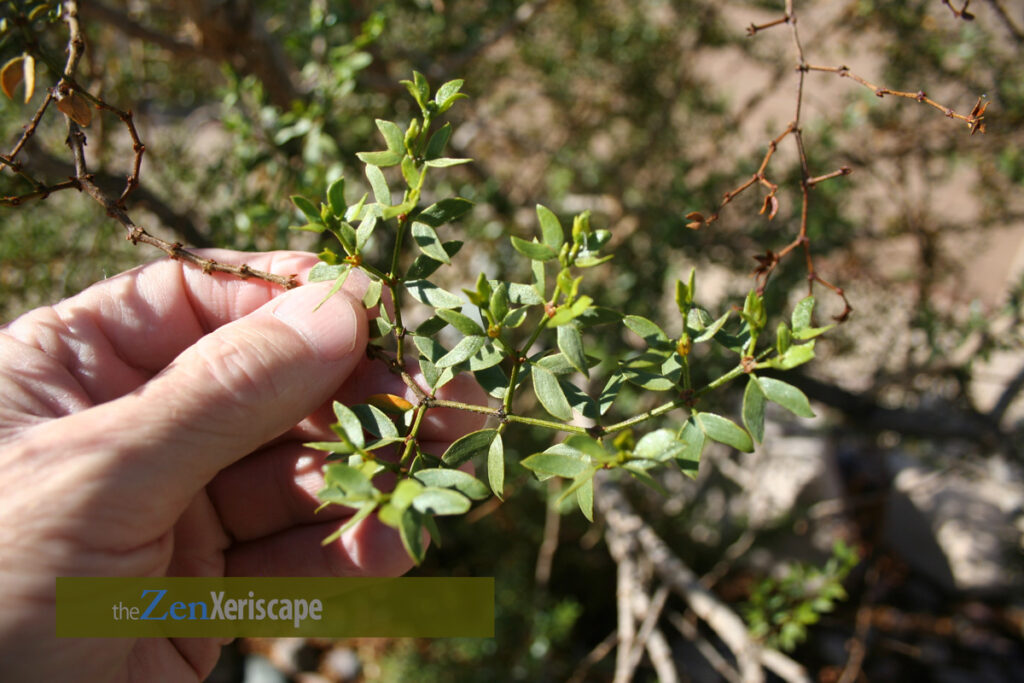
are evergreen, except in periods of long drought
when they can turn brown
as the plant goes dormant.
Photo by Doug Martin
Flowers:
The creosote bush has small, yellow flowers that bloom profusely during the spring season, or after a monsoon rain. Then, depending on the amount of moisture, it can continue blooming sporadically throughout the summer, fall, and winter.
Its petite-sized flowers have five petals, and its bright yellow color contrasts beautifully with the dark green, evergreen hue of its leaves.
Fruit:
After the creosote bush flowers and the flowers are pollinated, the bush produces a small, pea-sized fruit. It is covered with a silver- or white-colored fuzz.
The spherical fruit is divided into five sections, and each section contains a seed.
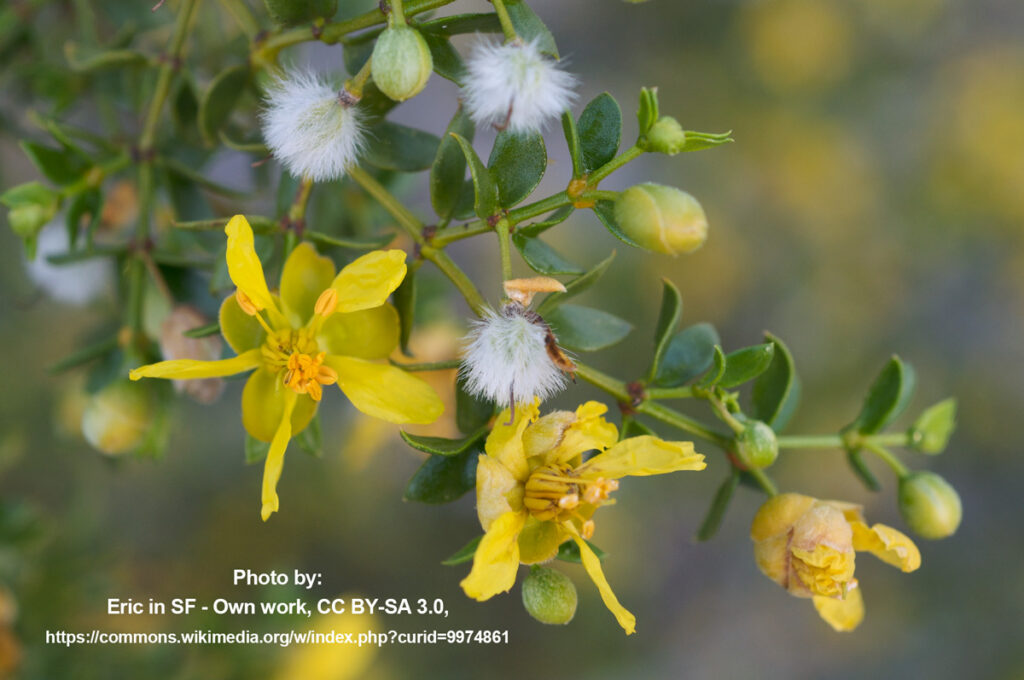
After they wilt, it produces pea-sized fruit
covered with silky white hairs.
Photo by Eric in SF – Own work, CC BY-SA 3.0
https://commons.wikimedia.org/w/index.php?curid=9974861
Tolerant of extreme heat and extreme cold:
In the winter, the Chihuahuan Desert can get extremely cold, sometimes down to zero degrees F or lower. Fortunately, the creosote bush is tolerant of those extremely low temperatures. My plants have survived single digit lows without a problem.
In addition, this bush can also survive extremely high summer temperatures that are common in the Sonoran Desert. In fact, my creosote bushes have survived summer days when the temps were 120 degrees F. Ironically, they did well in that extreme heat, while I did not do so well.
The USDA hardiness zones for the Larrea tridentata is a wide range of 7a-to-11. As noted above, this hardy bush can survive a broad range of extreme temperatures!
Longevity:
The creosote bush can survive for decades in its original location. In addition, this resourceful plant can clone itself by sprouting new stems from its roots that radiate out from the original plant.
One long-lived example is the ring of creosote bushes growing in the King Clone Ecological Reserve. There, the ring of creosote bushes and clonal organism is over 11,000 years old.
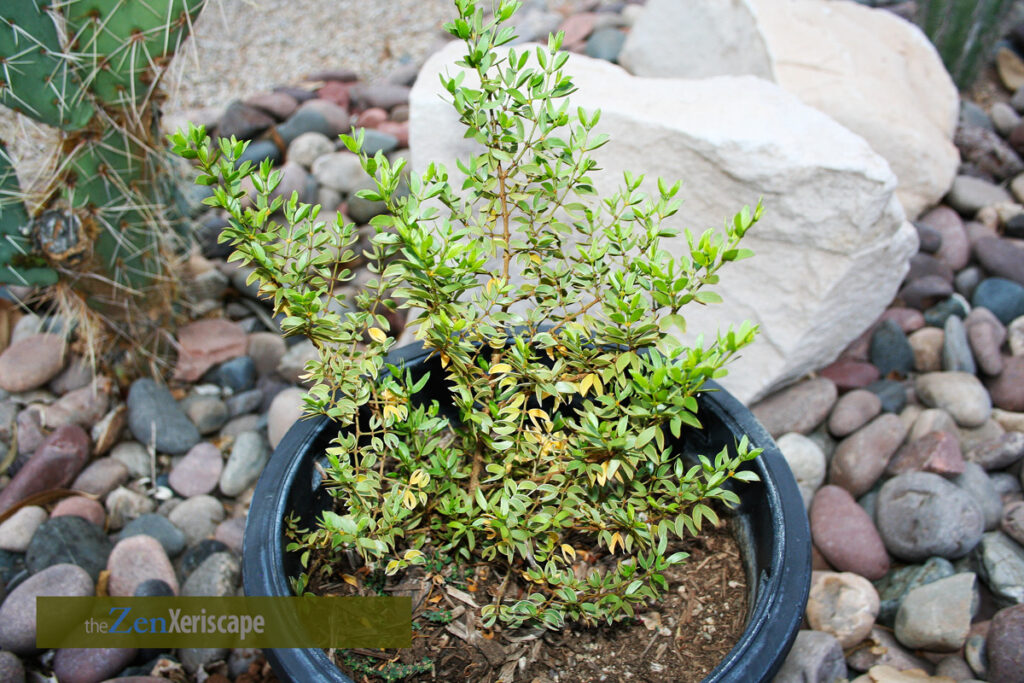
that I planted on the western side
of my house. Today, it’s over 3 feet tall.
Photo by Doug Martin
You need a handy wheelbarrow! (As an Amazon Associate, I earn a commission from qualifying purchases.)
TAKEAWAYS:
Creosote bush description
The Creosote bush (Larrea tridentata) is a hardy, drought- and heat-tolerant plant that survives harsh and extreme desert habitats.
Creosote bush is a perfect plant for any xeriscape:
Its hardiness and attractive southwestern appearance makes it a perfect addition to any arid landscape.
No pruning is necessary:
This shrub has an irregular growth pattern and asymmetrical shape. However, you can prune this plant (I prefer mine to be left in their natural form).
Evergreen leaves and pretty yellow flowers:
It has small, dark green, evergreen leaves, and produces small yellow flowers.
Extremely hardy:
Because this unique plant can survive the extreme temperature ranges typical in the Chihuahuan and Sonoran Deserts, it is considered a perennial plant in a wide range of USDA hardiness zones.
Thanks for reading our creosote bush description post!
If you grow the Creosote bush in your landscape, please share your experiences and thoughts in the comment section below!
Content and photos (unless noted) by Doug Martin and The Zen Xeriscape


